✓ Handpicked Luxury Stays in Budget on 🏡 booking.com
com/landmarks/oceania-landmarks/landmarks-of-australia/”>landmarks in Africa to see, with Egypt sharing quite a few of those!
As the Nile river winds its way through the desert sands, Egypt’s rich history is etched into its iconic landmarks, standing resolute against the unforgiving elements.
From the mystical Sphinx to the towering pyramids of Giza, each monument is a testament to the Egyptians’ enduring spirit and their quest for immortality.
These ancient marvels invite us to step back in time and unravel their secrets, as we marvel at the ingenuity and skill of the pharaohs who left their mark on this magnificent land.
1. Pyramids of Giza
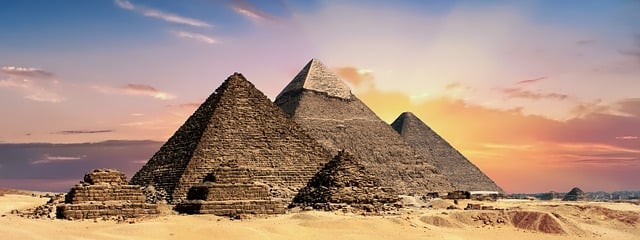
Ancient pyramids located in Giza, Egypt, built as tombs for pharaohs and their queens.
What to see or do: Gaze in awe at the iconic structures, explore the surrounding temples and tombs, and learn about the fascinating history of ancient Egypt.
Don’t miss: The Great Sphinx, a massive statue with the head of a human and body of a lion, and the Sound and Light Show that illuminates the pyramids at night.
Insider travel tips: Visit early in the morning or late in the afternoon to avoid the crowds and extreme heat. Consider hiring a local guide for a more in-depth experience and to navigate the complex.
And don’t forget to bring water and sunscreen!
2. Karnak Temple Complex
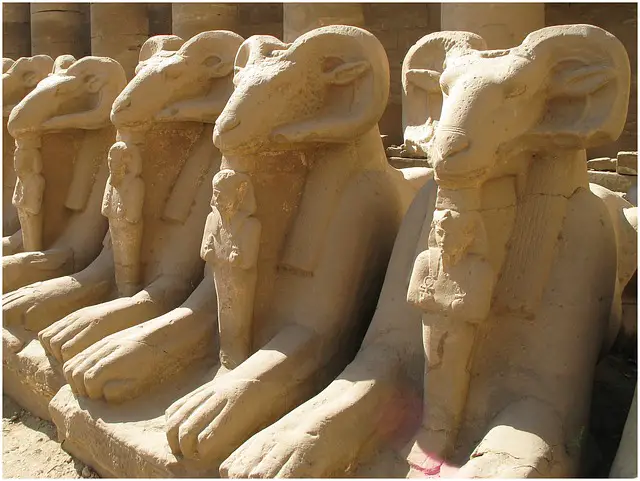
Karnak Temple Complex is a vast open-air museum located in Luxor, Egypt. It is one of the largest temple complexes in the world with an area of approximately 200 acres.
What to see or do: Visitors can explore numerous temples, chapels, obelisks, and other ancient structures that were built by many pharaohs over more than 2,000 years.
The most famous and impressive sights of Karnak are the Great Hypostyle Hall, the Obelisk of Thutmose I, and the Sacred Lake.
Don’t miss: Don’t miss the Sound and Light Show that takes place after sunset. This show is a unique experience during which the history of the temple complex is narrated using lights and music.
Insider travel tips: – It is advisable to hire a knowledgeable guide to take you through the complex and explain the intricate historic details.
3. Valley of the Kings
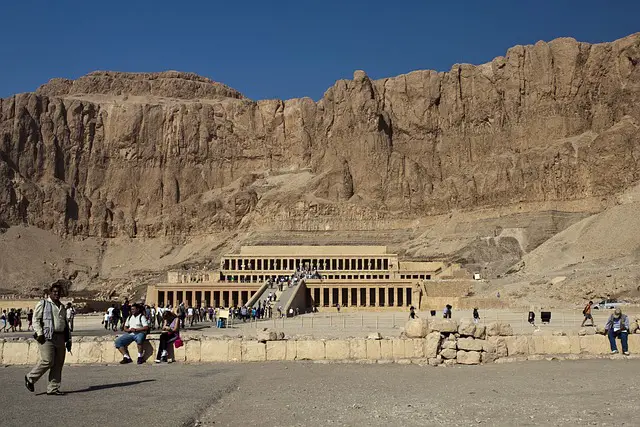
A burial ground for pharaohs, queens, and other prominent figures in ancient Egypt.
What to see or do: Visit the various tombs and admire the intricate hieroglyphics and artwork that adorn the walls. Some of the most famous tombs include that of King Tutankhamun, Ramses III, and Seti I.
Don’t miss: The tomb of Tutankhamun, which was discovered nearly intact in 1922 by archaeologist Howard Carter. The stunning funerary mask of the boy king is one of the most iconic artifacts of ancient Egypt.
Insider travel tips: Wear comfortable shoes as the terrain can be rocky and uneven. If possible, visit during the off-season (summer months) to avoid large crowds.
Also, be sure to bring water and sunscreen as the heat can be intense.
4. Temple of Philae
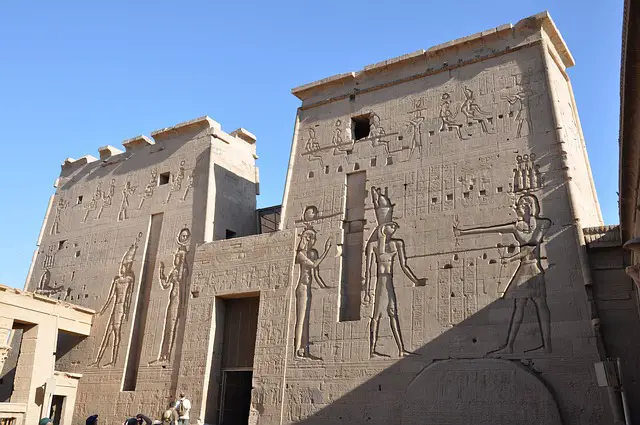
The Temple of Philae is an ancient Egyptian temple complex located on an island in the Nile River, in southern Egypt.
The temple was built during the Ptolemaic dynasty, which ruled Egypt from 305 BC to 30 BC.
What to see or do: Visitors can explore the temple complex, which includes several structures dedicated to the goddess Isis and other Egyptian deities.
Surrounded by beautiful scenery, the temple is a popular tourist attraction that offers an in-depth look into ancient Egyptian religious practices and architecture.
Don’t miss: The stunning reliefs and hieroglyphics that adorn the walls of the temple are not to be missed.
Visitors should also take a closer look at the large statues of the goddess Isis that can be found throughout the complex.
Insider travel tips: To beat the crowds, try to visit the Temple of Philae early in the morning or late in the afternoon.
The island can only be reached by boat, but there are plenty of tour operators in the nearby city of Aswan that offer affordable boat trips to the temple.
Be sure to wear comfortable shoes, as the temple complex is quite large and requires a fair bit of walking.
5. Memphis
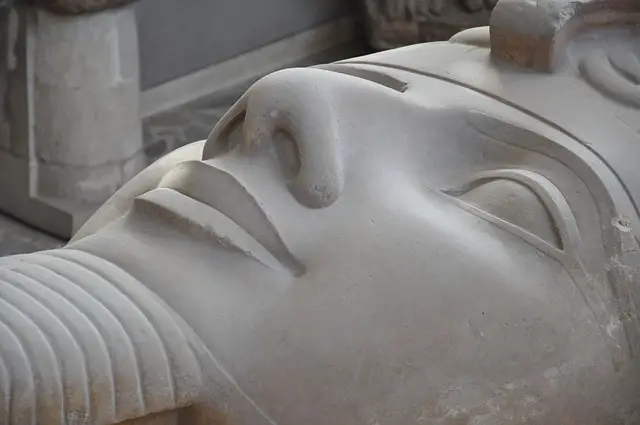
Memphis is a vibrant and culturally rich city in Tennessee, known for its musical heritage, delicious southern cuisine, and historical landmarks.
What to see or do: Visit Graceland, the former home of Elvis Presley, and explore the museum dedicated to the King of Rock and Roll.
Don’t miss: The opportunity to try some mouth-watering Memphis-style barbecue, which is slow-smoked and served up with a tangy vinegar-based sauce.
Insider travel tips: – Visit during the Memphis in May International Festival, a month-long celebration of music, food, and culture.
6. Khan el-Khalili
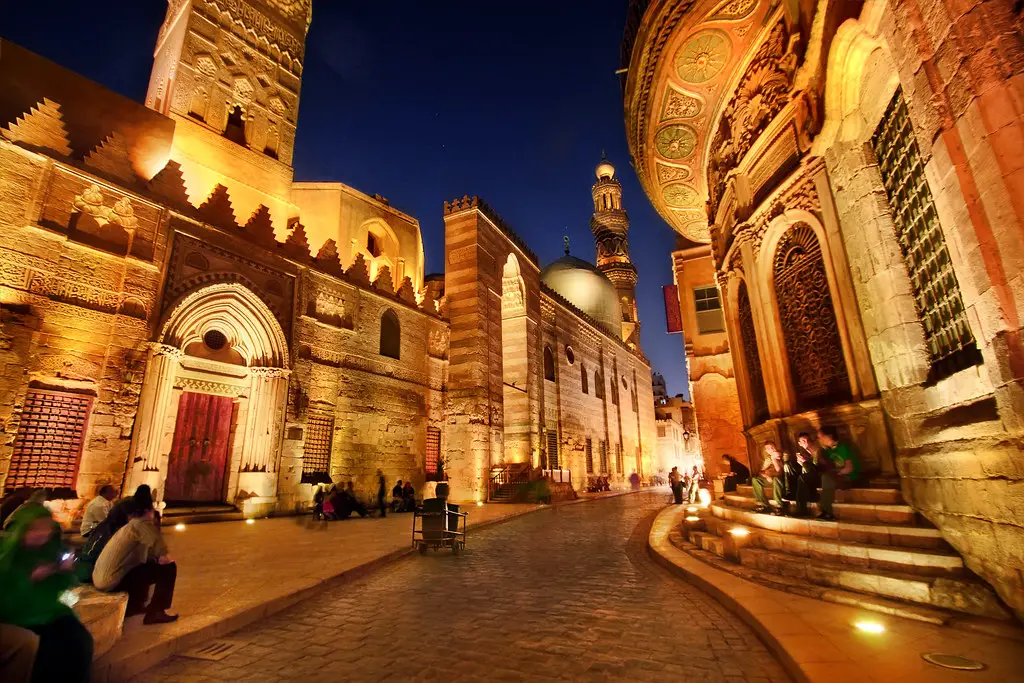
One of the oldest and largest bazaars in the Middle East, located in Islamic Cairo.
What to see or do: Wander through the narrow alleys and stalls filled with goods such as spices, jewelry, textiles, and souvenirs. Take a break at one of the many cafes and try traditional Egyptian coffee or tea while people watching.
Don’t miss: Visiting the famous Al-Hussein Mosque, named after the grandson of the prophet Muhammad, located within the bazaar.
Also, stop by the El Fishawy Cafe, which has been open for over 200 years and is a popular spot among locals and tourists alike.
Insider travel tips: – Bargaining is expected and encouraged, so be prepared to haggle for a good price.
7. Luxor Temple
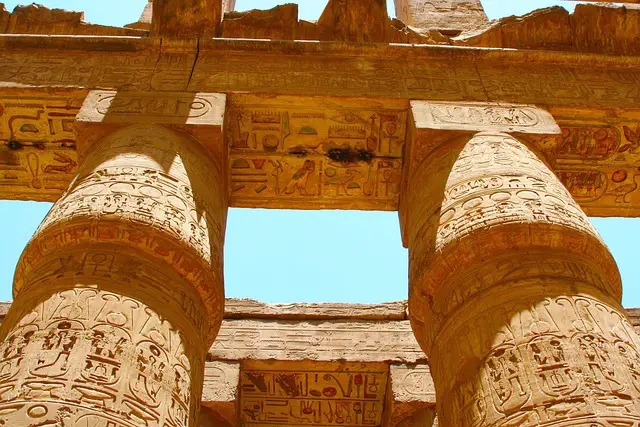
A well-preserved temple complex in the heart of Luxor city.
What to see or do: Admire stunning pharaonic architecture and impressive sculptures depicting ancient Egyptian deities. Walk around the main courtyard, where you’ll find a 25-meter-tall obelisk and several colossal statues of Ramses II.
Explore the smaller chapels and sanctuaries dedicated to various gods and goddesses.
Don’t miss: The avenue of sphinxes, which originally connected Luxor Temple with Karnak Temple, and the nightly sound and light show that brings the temple’s history to life.
Insider travel tips: Visit the temple early in the morning to beat the crowds and the heat. Wear comfortable shoes and carry water with you.
Consider hiring a knowledgeable guide to fully appreciate the temple’s history and significance. Take a stroll around the surrounding market and try some local delicacies.
8. Dendera Temple Complex
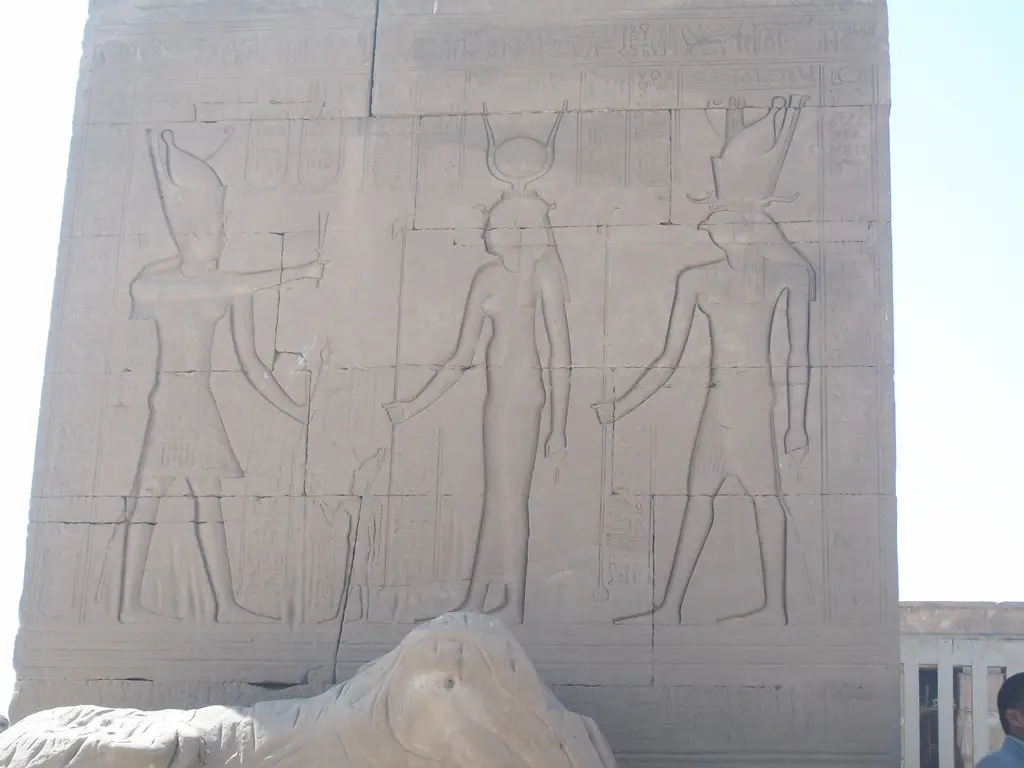
A well-preserved ancient temple complex dedicated to Hathor, the goddess of love, music, and motherhood, located in Dendera, Egypt.
What to see or do: Explore the various temples and chapels within the complex, such as the Temple of Hathor, the Temple of the Birth of Isis, and the Temple of the Sacred Lake.
Marvel at the impressive carvings, hieroglyphs, and paintings that adorn the walls and ceilings. Don’t miss the mysterious Dendera Light Relief, which some people believe depicts ancient Egyptian electric technology.
Insider travel tips: – Wear comfortable shoes as there is a lot of walking involved.
9. Saqqara
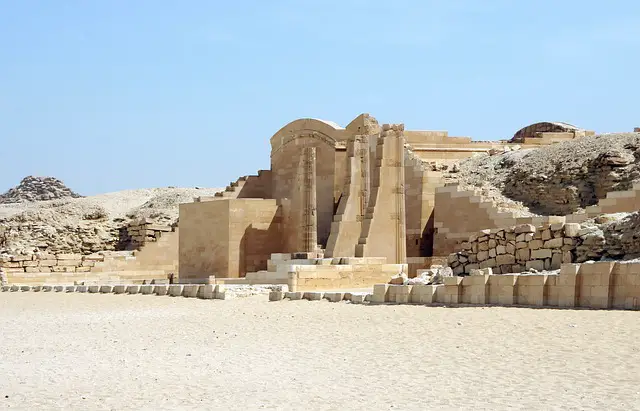
An ancient burial ground located in Memphis, Egypt.
What to see or do: Saqqara is a sprawling complex with many ancient tombs, pyramids and religious shrines to explore. The most iconic locations include the Step Pyramid of Djoser, the Pyramid of Unas and the Serapeum.
Don’t miss: Make sure to see the Imhotep Museum, which tells the story of the history and mythology surrounding the area. Additionally, be sure to explore the intricately decorated tomb of Mereruka.
Insider travel tips: Visiting early in the morning or late in the day can help avoid large crowds.
Additionally, be sure to wear comfortable shoes and bring plenty of water, as the site can be quite extensive and the desert heat can be intense.
10. Aswan High Dam
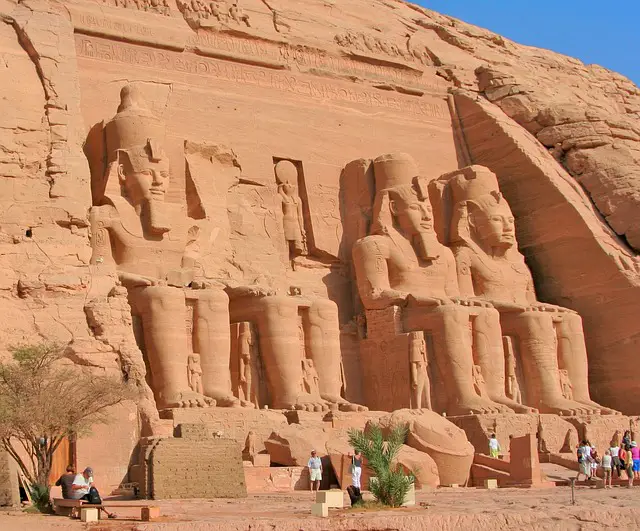
A massive dam built across the Nile River in Aswan, Egypt.
What to see or do: Take a guided tour to learn about the construction and history of the dam, visit the adjacent Lake Nasser, and enjoy stunning views of the surrounding landscape.
Don’t miss: Watching the sunset over the dam and the lake is a must-see.
Insider travel tips: Be sure to bring sunscreen and a hat, as the sun can be strong in this area. Also, plan your visit during the cooler months, from November to February, to avoid the extreme heat in the summer.
11. Temple of Edfu
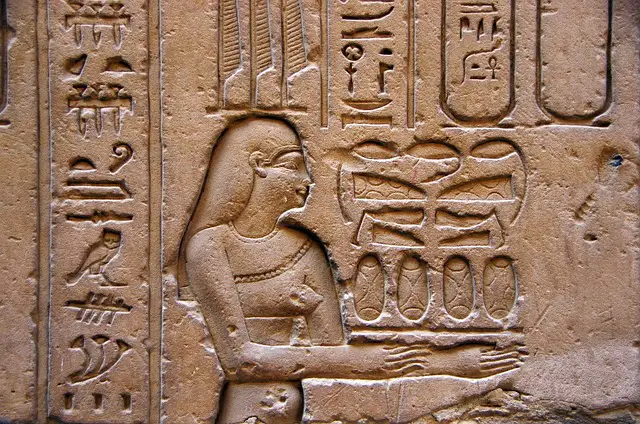
The Temple of Edfu is an ancient Egyptian temple located on the west bank of Nile in the city of Edfu.
It is one of the best-preserved temples in Egypt dedicated to the falcon god Horus.
What to see or do: Visitors can explore the temple’s vast Hypostyle Hall, which is adorned with towering columns and intricate reliefs depicting the life of Horus.
The inner sanctuary houses a magnificent statue of the deity himself. The temple also features a monumental pylon, a Birth House, and several chapels.
Don’t miss: The sound and light show that takes place every evening in the temple compounds is a must-see. The illumination beautifully brings out the intricate reliefs and the sound effects help bring the temple to life.
Insider travel tips: Try to visit the temple in the early morning because it tends to get crowded in the afternoon.
Also, it is recommended to hire a guide as the complex is vast and has many hidden secrets that the average visitor might miss.
12. Colossi of Memnon
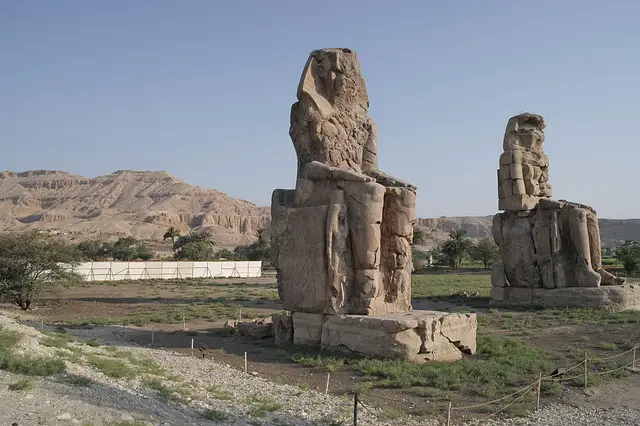
The Colossi of Memnon are two massive stone statues of Pharaoh Amenhotep III, located on the west bank of the Nile River in Luxor, Egypt.
What to see or do: Visitors can view and take photos of the towering statues, which stand at about 18 meters (60 feet) tall and weigh an estimated 720 tons each.
It is also possible to explore the nearby Mortuary Temple of Amenhotep III, although it is mostly ruined.
Don’t miss: The statues are known for producing a musical sound at dawn, which was attributed to the sound of Memnon greeting his mother, Eos.
Although this phenomenon is no longer heard today, it was a popular attraction for ancient Greeks and Romans.
Insider travel tips: Visit the Colossi of Memnon early in the morning to beat the crowds and witness the sunrise over the Nile River.
13. Al-Azhar Mosque
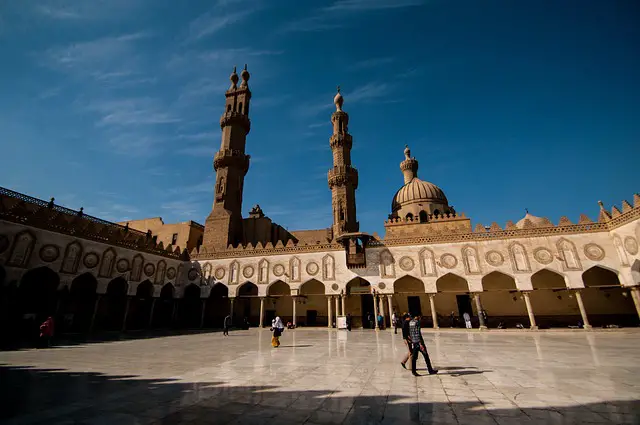
One of the oldest and most important mosques in the Islamic world, located in Cairo, Egypt.
What to see or do: Observe the beautiful architecture and intricate designs of the mosque. Visitors are also welcome to participate in prayers and religious ceremonies.
Don’t miss: The courtyard of the mosque, which is decorated with beautiful marble and fountain features, as well as the minaret that offers stunning views of Cairo.
Insider travel tips: Dress modestly when visiting the mosque and leave your shoes outside before entering. It’s also important to be respectful of the religious significance of the mosque during your visit.
14. Citadel of Saladin
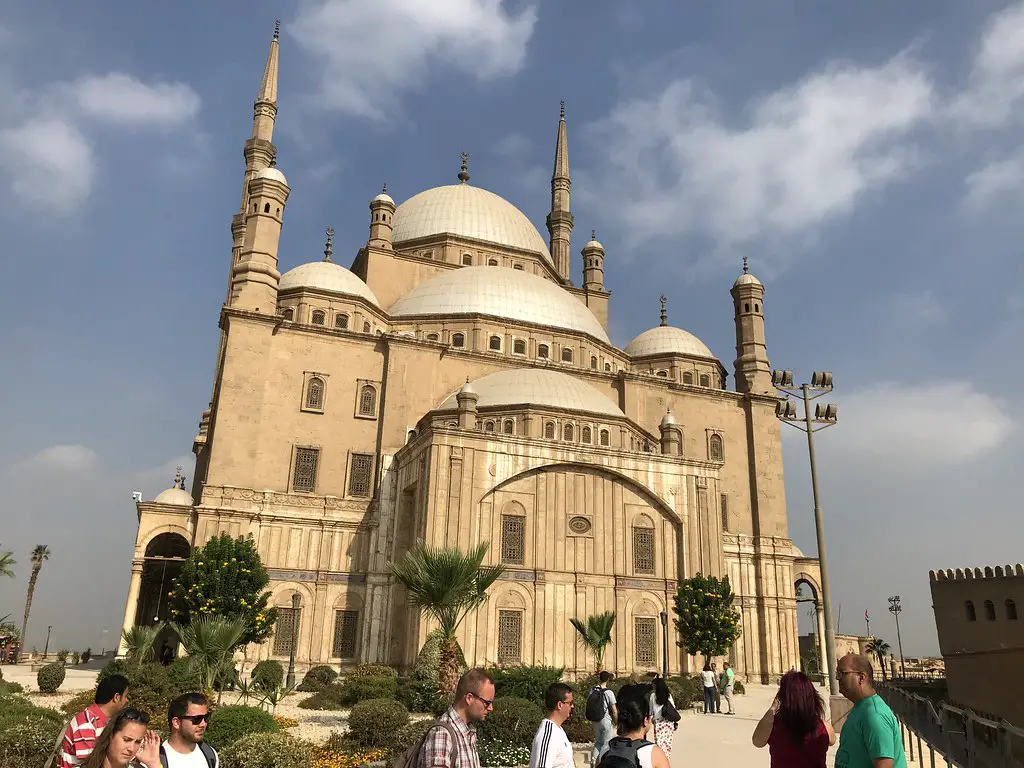
The Citadel of Saladin is a medieval fortress situated on a hilltop in Cairo, Egypt.
What to see or do: Visitors can explore the citadel’s impressive architecture and its various buildings, including the Mosque of Muhammad Ali, the National Military Museum, and the Police Museum.
The citadel also offers breathtaking panoramic views of Cairo.
Don’t miss: The Mosque of Muhammad Ali, also known as the Alabaster Mosque, is a grand structure with a stunning domed ceiling and beautiful ornamentation.
It’s a must-see for anyone visiting the citadel.
Insider travel tips: The best time to visit the Citadel of Saladin is during the cooler months of November to March.
15. Temple of Medinet Habu
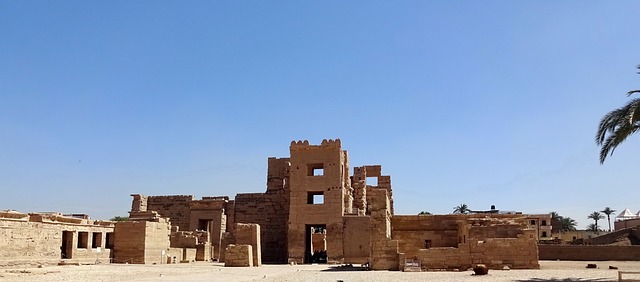
The Temple of Medinet Habu is an ancient Egyptian temple located in the west bank of Luxor in Egypt. It was built during the New Kingdom era and is considered one of the best-preserved temples in the region.
What to see or do: Visitors can explore the stunning architecture and hieroglyphic carvings that adorn the walls of the temple. Some of the most notable features of the temple include the impressive entrance, the Hypostyle Hall, and the Sanctuary.
There is also a series of rooms that illustrate the triumphs of Ramses III in battle, including his victory over the Sea People.
Don’t miss: Don’t miss the depiction of the famous Battle of Kadesh, Ramses III’s greatest military triumph, which is carved into the outer walls of the temple.
Additionally, the temple’s sacred lake is a serene and peaceful place to reflect on this ancient spiritual site.
Insider travel tips: To avoid crowds, visit the Temple of Medinet Habu early in the morning or late in the afternoon. Be sure to bring plenty of water, as there is little shade throughout the site.
Additionally, hiring a local guide can enhance your experience by providing context and historical information.
16. Mosque of Muhammad Ali
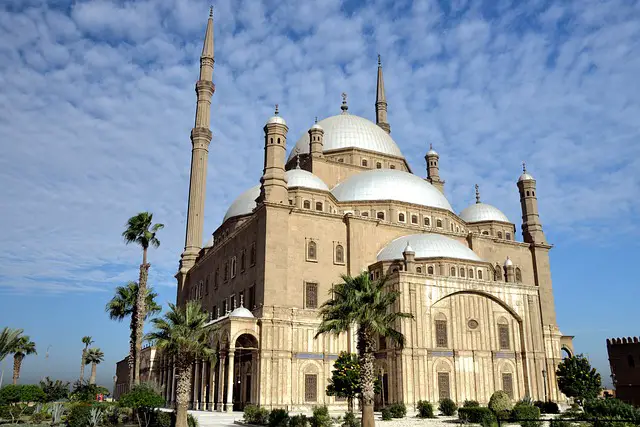
The Mosque of Muhammad Ali is an iconic mosque located in the Citadel of Cairo.
What to see or do: Marvel at the stunning Ottoman architecture of the mosque, including the large central dome and minarets. Admire the intricate details of the interior, including the stained glass windows and chandeliers.
Don’t miss: Climb up to the terrace of the mosque for breathtaking panoramic views of Cairo and the surrounding areas.
Insider travel tips:
17. Luxor Museum
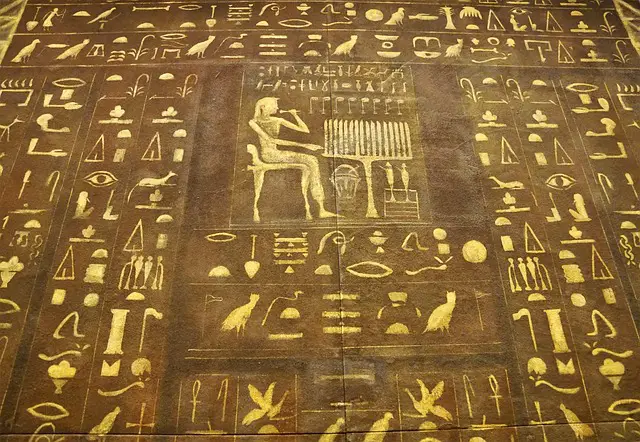
A museum located in the city of Luxor, Egypt that features a collection of artifacts from ancient Egyptian times.
What to see or do: The Luxor Museum showcases a variety of ancient Egyptian artifacts, including statues, jewelry, and pottery. Visitors can also see mummies and coffins from Theban tombs.
The exhibits are organized to follow the chronology of Ancient Egypt, with each room featuring items from a particular period.
Don’t miss: One of the highlights of the museum is the impressive statue of the king Tutankhamun, which is located in the main exhibition hall.
Other notable artifacts include a statue of Amenhotep III and a collection of statues from the nearby Karnak temple.
Insider travel tips: The Luxor Museum can get quite crowded during peak times, so it’s best to visit in the morning when it first opens or later in the afternoon.
It’s also worth hiring a guide or audio guide to fully understand the significance of the exhibits and the history behind them.
18. Museum of Egyptian Antiquities
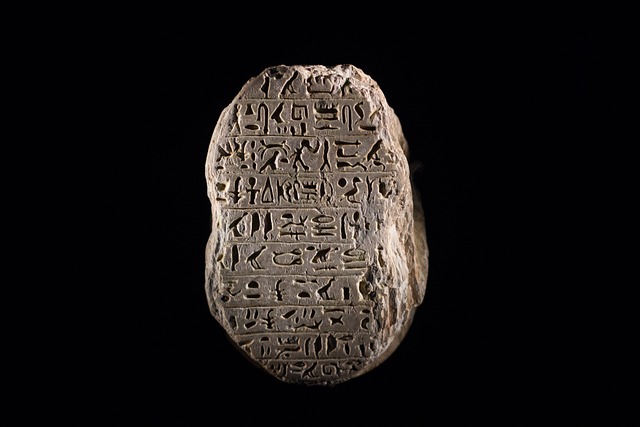
One of the largest museums in the world devoted to ancient Egyptian art and antiquities.
What to see or do: View over 120,000 ancient artifacts, including the treasures of Tutankhamun and mummies from different periods of ancient Egypt. Marvel at statues, jewelry, and daily life objects that date back as early as 4000 BC.
Don’t miss: The Hall of the Royal Mummies which displays mummies of pharaohs and their families, and the exhibit of the treasures of Tutankhamun which includes his famous death mask.
Insider travel tips: – Consider hiring a knowledgeable guide to fully appreciate the rich history and stories behind the artifacts.
19. Al-Hussein Mosque
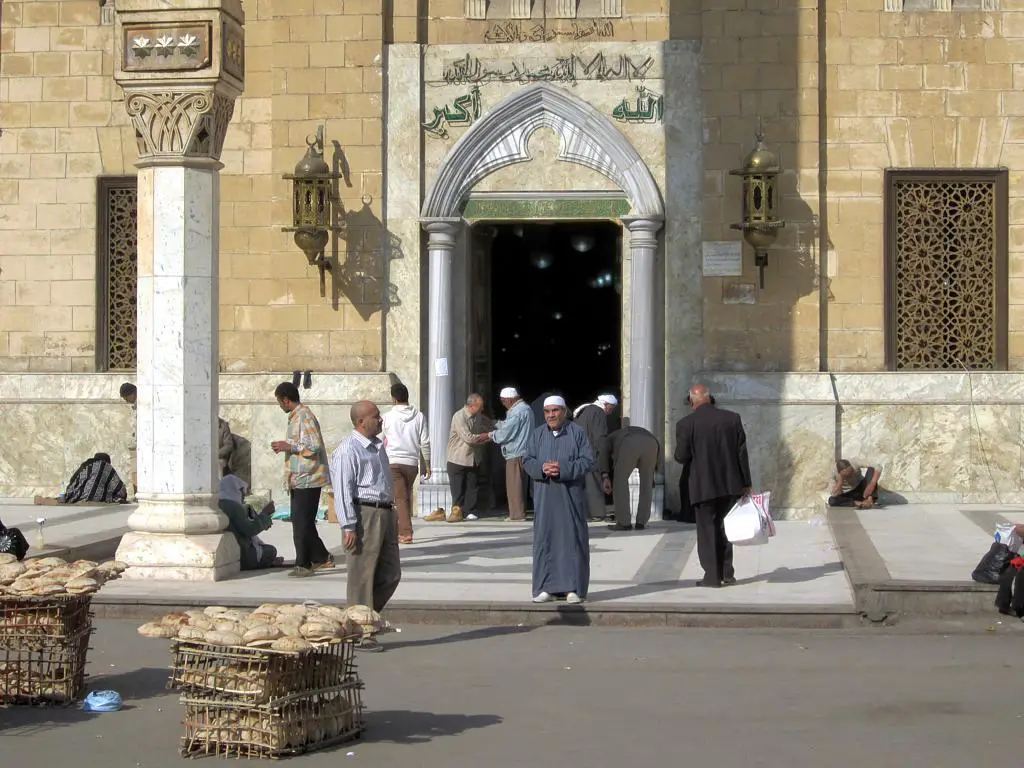
Al-Hussein Mosque, also known as the Mosque of Imam Hussein, is one of the holiest sites in Shia Islam located in the heart of Cairo, Egypt.
What to see or do: As a visitor, you can witness the devout Muslims praying and performing their religious rituals. The mosque also features an impressive architecture with intricate designs and calligraphy adorning its domes and walls.
You can also explore the surrounding area, including the famous Khan Al-Khalili bazaar.
Don’t miss: Don’t miss the chance to witness the evening prayer, also known as Maghrib, which is a spectacular sight with hundreds of worshippers filling the courtyard.
The mosque also houses the mausoleums of several notable figures, including Imam Hussein’s grandson and the granddaughter of the Prophet Muhammad.
Insider travel tips: It’s important to dress modestly and remove your shoes before entering the mosque. Also, avoid visiting during prayer times, especially on Fridays, as the mosque can get crowded.
Make sure to visit the nearby bazaar and try the local street food. Lastly, be respectful towards the worshippers and mindful of your behavior inside the mosque.
20. Anwar Sadat Memorial

A memorial dedicated to the Egyptian president Anwar Sadat who was assassinated in 1981.
What to see or do: Visitors can see the impressive 36-meter monument of Sadat, which is made of polished granite and has his words inscribed on it.
The monument is surrounded by a garden with fountains.
Don’t miss: The opportunity to see the changing of the guards, which takes place every hour.
Insider travel tips: The best time to visit the memorial is during sunset when the monument looks even more impressive.
Also, make sure to dress modestly as it is a religious site, and bring a hat and sunscreen as it can get very hot.
21. Al-Gawhara Palace
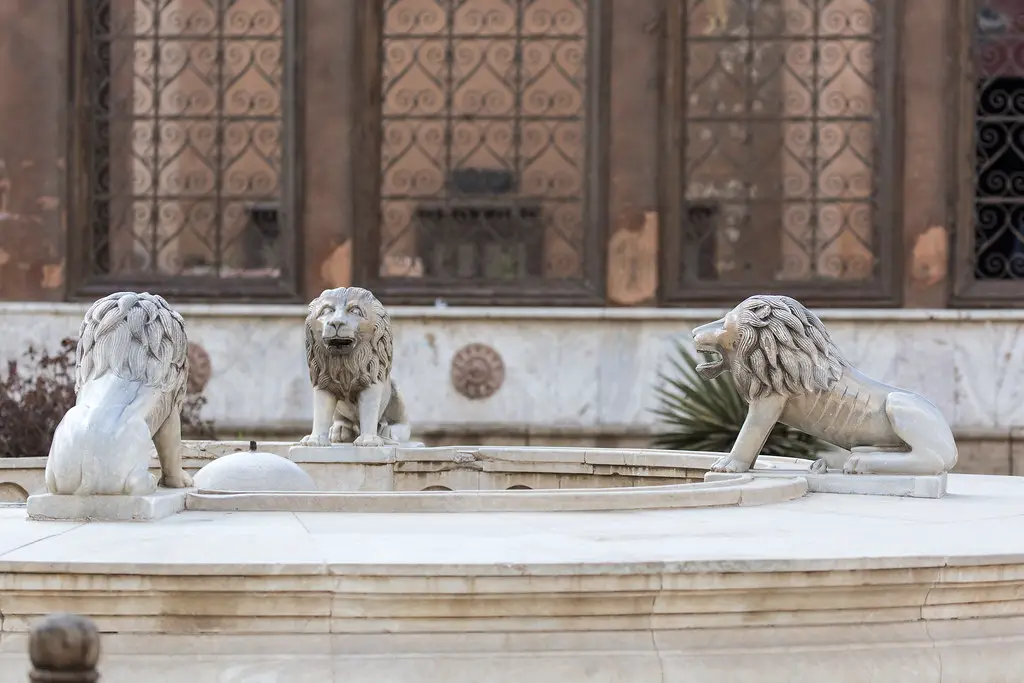
Al-Gawhara Palace is a stunning historical palace situated in the heart of Cairo, Egypt.
What to see or do: Visitors can explore the beautiful palace and its ornate architecture, including intricate carvings and mosaic tiles. There are multiple rooms and halls to explore, including the stunning Throne Hall.
Don’t miss: The palace houses a fascinating collection of antiquities, including statues and artifacts from ancient Egypt.
Be sure to check out the stunning jewelry collection, which includes some of the most exquisite and valuable pieces from the Ottoman era.
Insider travel tips: To avoid crowds, plan your visit for early in the morning or later in the afternoon. Keep in mind that the palace is closed on Mondays and Fridays.
The entry fee is relatively inexpensive, and guided tours are available for those who want to learn more about the history of the palace and its contents.
22. Coptic Museum
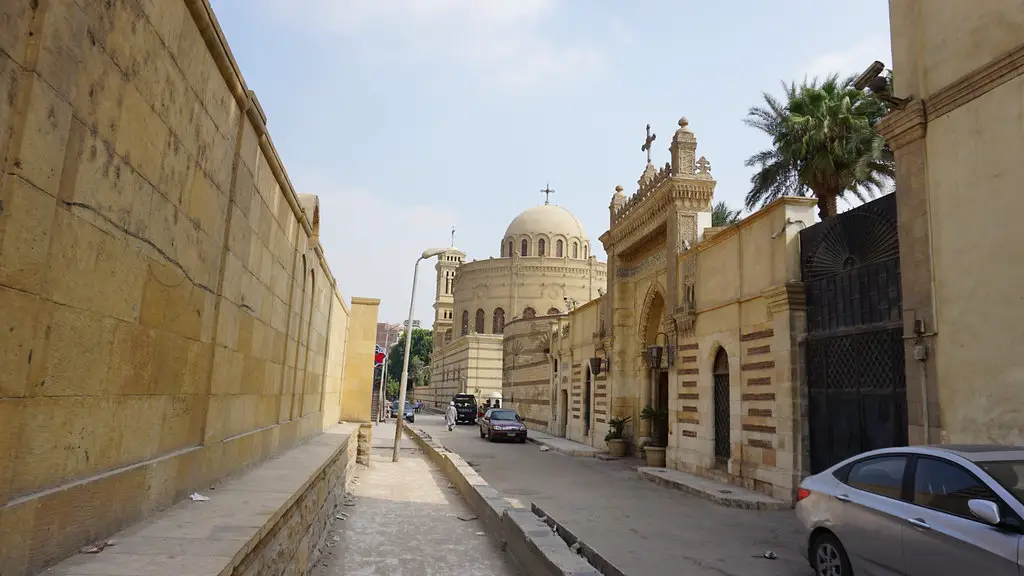
The Coptic Museum is a museum in Cairo, Egypt, dedicated to the history and art of Coptic Christianity.
What to see or do: The museum boasts a vast collection of Coptic artifacts dating from the early Christian era up to the Islamic period. Visitors can explore the various galleries showcasing items such as textiles, icons, manuscripts, stone carvings, and more.
Don’t miss: One of the must-see exhibits is the Martyrs’ Gallery which has a collection of artifacts from the Coptic martyrs. Also, check out the museum’s outdoor garden where you can see several tombs and inscriptions.
Insider travel tips: The museum is located inside the Coptic Orthodox Patriarchate complex, so be sure to explore the various churches and buildings in the area.
If you’re interested in Coptic history, it’s worth hiring a guide who can provide you with valuable insights and context while exploring the museum.
23. Catacombs of Kom el Shoqafa
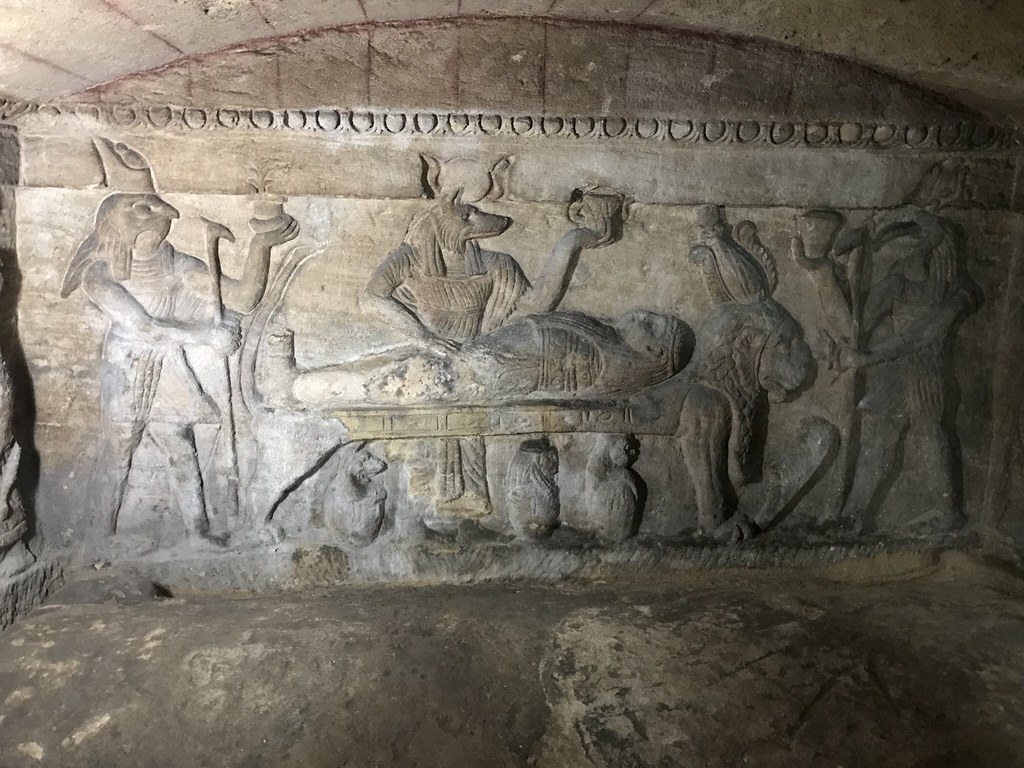
Ancient underground tombs that were discovered in 1900 after being lost for centuries.
What to see or do: Explore the impressive three levels of catacombs and admire the unique blend of Greek and Egyptian art and architecture.
Don’t miss: The stunning rotunda with its central well shaft, the Hall of Caracalla with its impressive statues, and the Chamber of the Orante with its beautiful frescoes.
Insider travel tips: Wear comfortable shoes as the catacombs involve a lot of walking.
24. Bib Alex Mosque
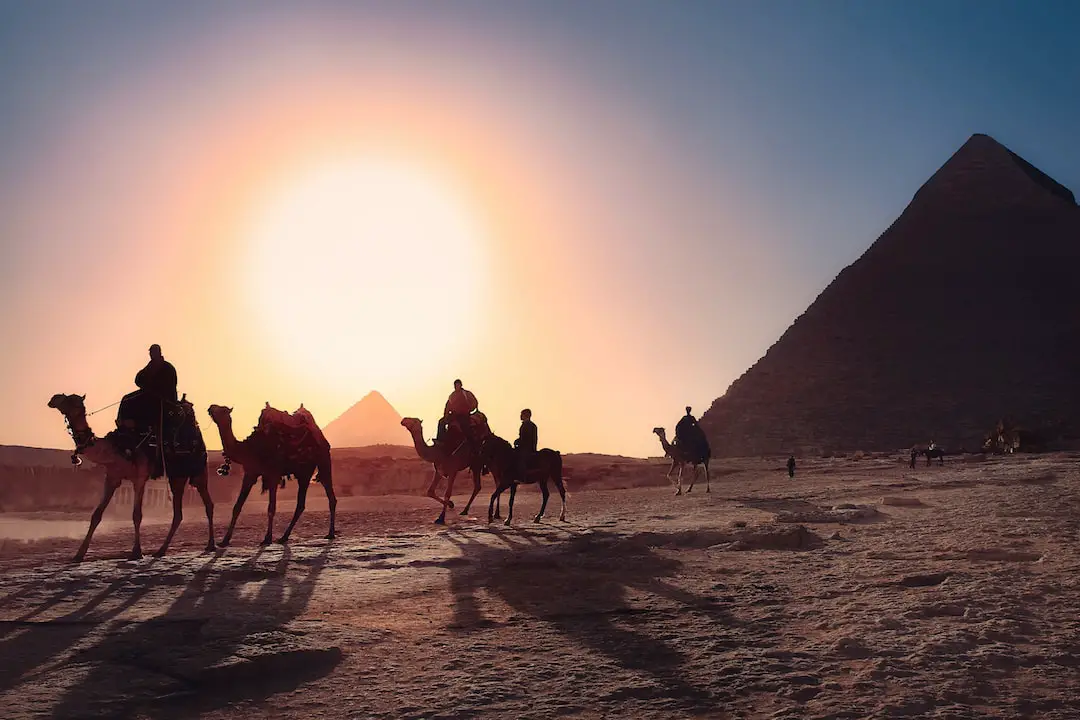
Bibi Alex Mosque, also known as Bibi Maryam Mausoleum, is an ancient Islamic religious site located in the city of Esfahan, Iran.
What to see or do: Admire the intricate artistic tiles and delicate stone carvings, which are a major example of Persian artistry. Visitors can also walk around and enjoy the peaceful ambiance of the mosque’s courtyard and its surrounding gardens.
Don’t miss: The unique architecture of Bibi Alex Mosque, which showcases a blend of Iranian and Islamic styles. The mosque’s imposing dome, located on top of the main prayer hall, is a stunning example of Islamic architectural design.
Insider Travel Tips: Visitors should dress conservatively, covering their arms, legs, and head.
It is also recommended to visit Bibi Alex Mosque early in the morning or late afternoon to avoid the crowds and enjoy the tranquility of the mosque.
Additionally, don’t forget to bring a camera to capture the mesmerizing beauty of the mosque’s interior and exterior design.
25. Baron Empain Palace
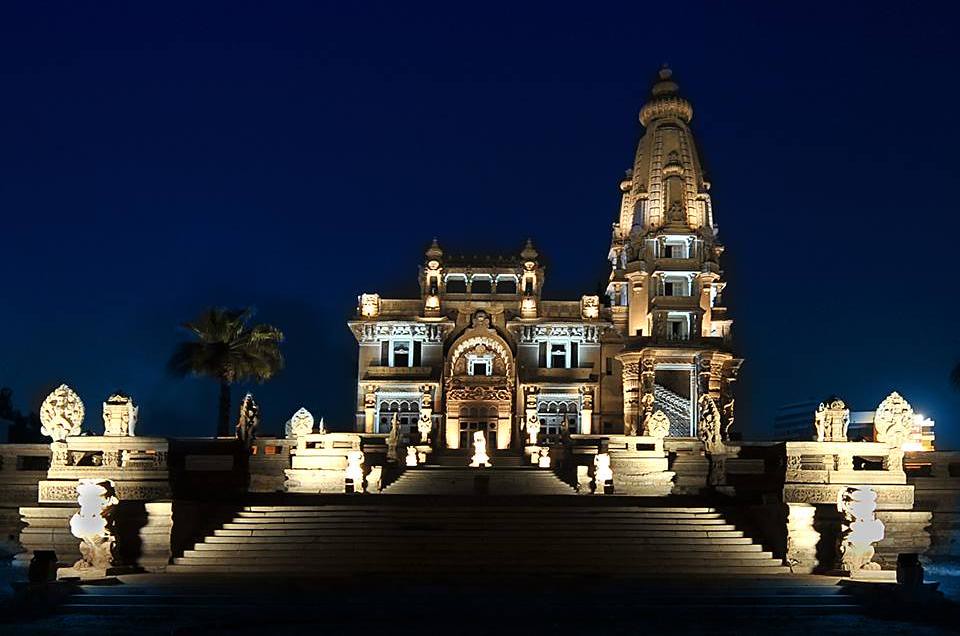
Baron Empain Palace is a historic mansion located in Heliopolis, Egypt. It was built by Belgian millionaire Baron Eduard Empain in 1911.
What to see or do: Visitors can explore the palace’s stunning architecture that boasts a fusion of Indian, Moorish, and European styles. Marvel at the intricate details of the palace’s domes, towers, and façade.
The interiors of the palace also feature ornate carvings and stunning mosaics.
Don’t miss: Make sure to check out the palace’s beautiful gardens, which offer a peaceful oasis in the bustling city. Don’t miss the stunning Lotus Fountain, which is a popular spot for photos.
Insider travel tips: To avoid crowds, it’s best to visit the palace early in the morning or later in the afternoon. The palace is closed on Fridays and Saturdays, so plan your visit accordingly.
Consider hiring a guide to learn more about the history and architecture of the palace.
26. Al-Montaza Palace
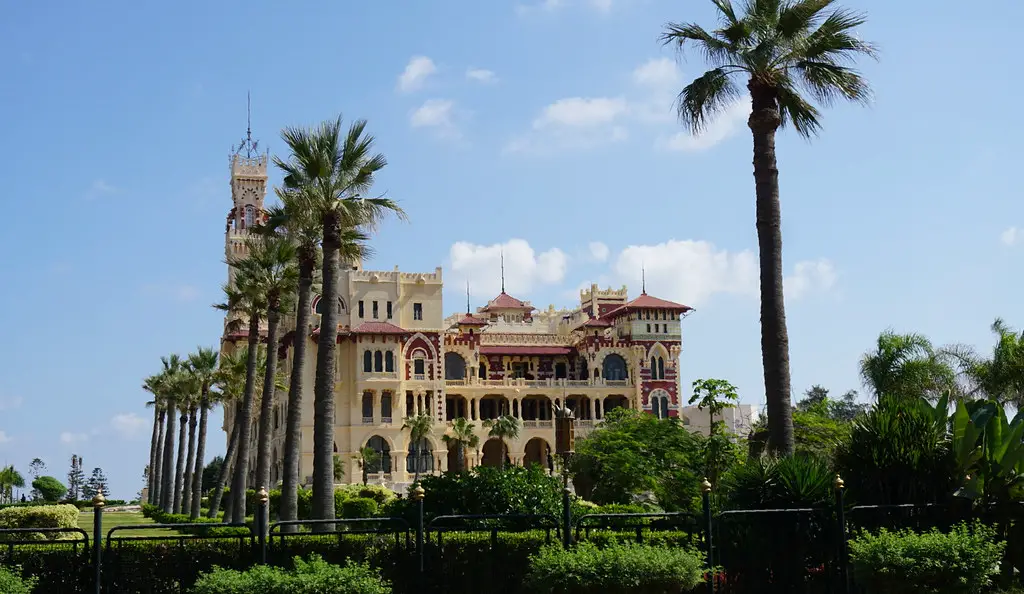
Historic royal palace located in Alexandria, Egypt.
What to see or do: Explore the beautiful architecture of the palace, including the domes, minarets, and intricate tilework. Walk through the ornate gardens and enjoy the views of the Mediterranean Sea.
Don’t miss: The impressive Montaza Palace Bridge, which connects the palace to the mainland and provides stunning views of the surrounding area.
Insider travel tips: Be sure to visit in the early morning or late afternoon to avoid the crowds and enjoy cooler temperatures. Also, check out the palace’s beach, which is open for swimming and water sports during the summer months.